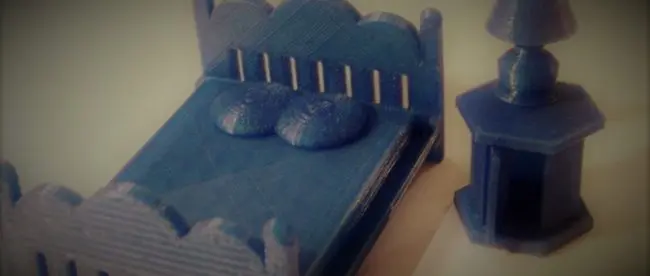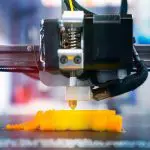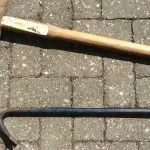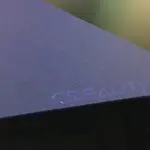Love Your Print Bed
There’s all sorts of exciting technology packed into a 3D printer, and it’s easy to get carried away with the finer details of drive motors, Z axis controls and extruder heads. These things are all important, of course, but you need to drag your attention away from them sometimes. Instead, take a look at a flat, unexciting thing a bit lower down – because the truth is the apparently simple print bed will probably cause you more problems than everything else put together.
Wait, What?
Your print bed might look too simple to go wrong, but the chances are you’ll quickly find out how important – and finicky – it really is. If the bed isn’t set up just right, your print is probably going to fail. There are a surprising number of things that can go wrong, but the good news is that none of them are exactly hard to fix.
On The Level
Have a look at your print bed. Unless something is badly wrong, it probably looks pretty much level – but is it level enough? This is important; if your bed isn’t close to perfectly level you’ll find your prints warping, breaking loose, or simply falling to bits because the molten filament isn’t forming a solid layer.
Even if your printer has a self-levelling bed, check it. The best way to do this is to move the print head to all four corners in turn, then the centre, and in each location test it by sliding a piece of normal printer paper between the bed and nozzle. The gap should be small enough that there’s a little friction between the paper and nozzle – and adjust it so there’s the same amount of friction in each location.
Keep It Clean
Is your print bed clean enough to eat off? Well, that’s still not clean enough. It’s pretty obvious that you should remove any stray bits of melted plastic from it, but you also need to be careful about invisible deposits of oils. Even the oil from your skin can make the difference between a print sticking to the bed or sliding off and failing, so never touch the bed with your bare hands. If you have touched it with your bare hands, moisten a cloth with some alcohol and carefully wipe it down, then let it dry.
Hot Stuff
An increasing number of printers come with a heated bed as standard. If yours doesn’t then seriously consider adding one, unless you only plan to print with PLA. Most other materials, especially ones that melt at a higher temperature, need a heated bed to get the best performance out of them – and, to be honest, PLA can use the help, too. An unheated bed often leads to warping, especially with larger prints, and if the bottom layers warp the whole print will be substandard.
Getting Stuck
Sometimes your prints just need a little extra help to stay firmly attached to the bed. One popular solution is to use blue rubberised masking tape; a layer of that, carefully stuck to the print bed so it’s absolutely flat, will give a nice grippy surface for the bottom of your project to stick to. Alternatively, give it a squirt of hairspray. Apparently L’Oreal Advanced or Paul Mitchell Finishing Spray are the best, but I barely have hair, so I’m not an expert on hairspray.
As promised, none of these print bed issues are hard to deal with – but taking good care of the bed, and getting it properly prepared before you start a project, will make more difference than just about anything else you can tweak. Happy printing!








Leave a comment
You must be logged in to post a comment.